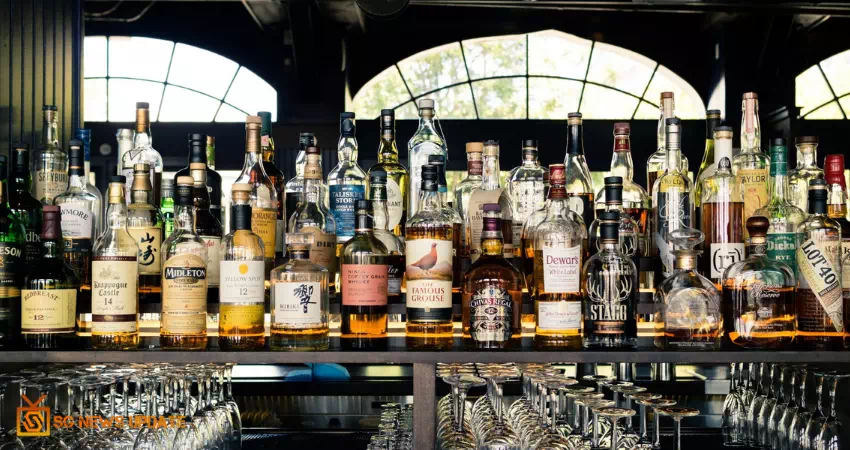
The state government of Delhi is mulling over another excise plan that could bring liquor costs up in the state to an unsurpassed high and change the manner in which liquor is sold in Delhi NCR by the public authority and exclusive shops. As indicated by a report, the Aam Aadmi Party-drove government could build excise duty on alcohol and change the arrangement of retail deals. As indicated by the report, a specialist board shaped by the Delhi government has suggested a close to half expansion in liquor costs and raise its income from Indian alcohol, foreign alcohol and country alcohol to almost Rs 8,000 crore from the current procuring of Rs 5,000 crore.
Delhi government currently earns total up to Rs 5,068.70 crore, which the state government wants to increase to nearly Rs 8,000 crore.
Delhi government abolish rum and whisky brands below Rs 140 so that quality products are made available.
The committee has also recommended fewer number of Dry Days in the Indian Capital and lowering the legal drinking age in Delhi to 21 .
As indicated by the report of the board, the Delhi government as of now acquires excise income of Rs 46 crore from brand enlistment, Rs 4,507 crore from Indian alcohol, Rs 240 crore from unfamiliar alcohol and Rs 210 crore from country alcohol.
It additionally acquires Rs 170 crore from license charge from eateries and bars servings alcohol, Rs 300 crore from export and grant expenses and Rs 40 crores from retail licenses. This sums up to Rs 5,068.70 crore, which the state government needs to increment to almost Rs 8,000 crore.
Worth referencing here is that the new rules could make a significant issue for little and medium alcohol producers as the board has likewise suggested that Delhi government nullify rum and whisky brands beneath Rs 140 so quality items are made accessible on the lookout. Additionally, the board of trustees has suggested fewer dry days in Delhi so customers don't hurry to adjoining Noida and Gurugram to purchase alcohol. It likewise needs to bring down the age of drinking 21 and broaden timings of cafés and bars serving liquor.
As per the reports, the board of trustees has prescribed to the state government that its yearly excise income of Rs 4,513 crore from Indian alcohol, unfamiliar alcohol and country alcohol should ascend to Rs 6,412 crore. To accomplish this revenue alcohol shops might be given targets which they need to accomplish each month. In any case, the objective will be for only state-claimed shops as it were.
Worth referencing here is that, post the application of GST, states have just four wellsprings of income assortment VAT on oil-based commodities, excise obligation and VAT on alcohol, stamp obligation on land enlistment and obligation on power. Presently as the Centre’s award to Delhi has stayed stale at Rs 325 crore since 2001-02, the state government has no other alternative than to produce a huge part of its consumption all alone.
Regions with low population density have considerably higher numbers of retail shops, and vice versa. This creates demand and supply gaps, which ultimately provide an opportunity for, and fuels, the movement and supply of illicit and non-duty paid liquor. The number of sanctioned licences in Delhi is around 960. Uttar Pradesh has the highest number of AlcoBev vends in India (27,300). Delhi has not undertaken an increase in retail vends since 2016, despite a manifold increase in its population (including the floating population).
Coming Soon...!
Comments (0)